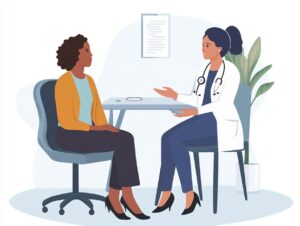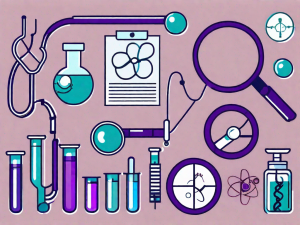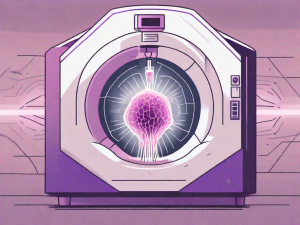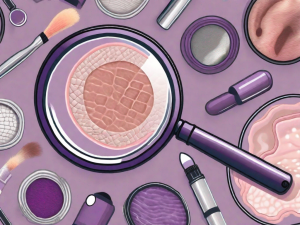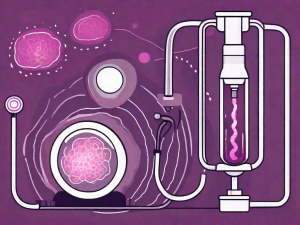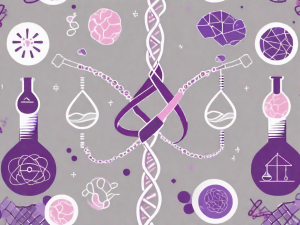7 Symptoms That Should Prompt a Cancer Screening
Recognizing symptoms that warrant a cancer screening is crucial for early detection and effective treatment. Certain signs, such as unexplained weight loss, persistent fatigue, persistent cough, and changes in bowel or bladder habits, can indicate underlying health issues, including various types of cancer like breast cancer and colorectal cancer. Other important symptoms include: Unexplained pain, […]



